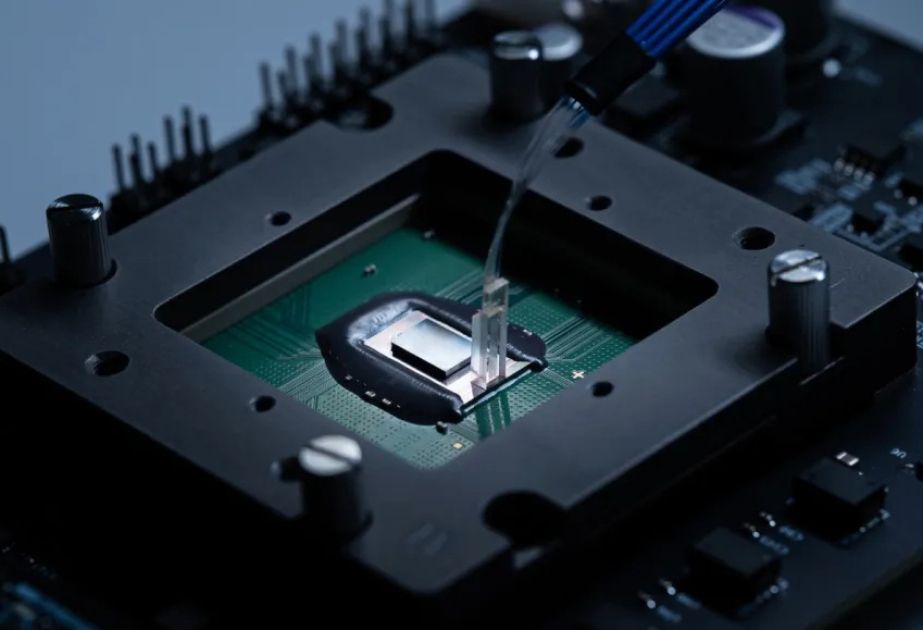Fastest computer components using laser light for AI data processing present

By Alimat Aliyeva
Two cutting-edge technology companies have unveiled revolutionary computer components that use laser light to process artificial intelligence (AI) data. These futuristic processors promise to solve real-world tasks faster and more efficiently using significantly less power than traditional silicon-based computers, Azernews reports.
The research, published separately in the prestigious journal Nature on April 9, marks a major milestone in the development of photonic computing an alternative approach that uses light, rather than electricity, to carry out computations.
The innovations come from Lightelligence, a Boston- and Mountain View-based startup, and Lightmatter, headquartered in California. Both companies demonstrated that photonic components can perform complex mathematical operations not only faster, but also more efficiently than today’s leading electronic chips.
Light specifically lasers is already used to transmit data across the globe via fiber optic cables. In modern data centers, photonics plays a growing role in managing data traffic. For instance, in March, NVIDIA announced a breakthrough technology using light to connect high-performance computing devices.
However, most conventional computers still rely on electrons and transistors to perform actual calculations. Even when light brings the data in, it's usually converted into electrical signals for processing introducing delays and energy loss.
The new devices from Lightmatter and Lightelligence take a different approach: the light itself does the math. Specifically, the processors perform matrix multiplications a foundational operation used extensively in AI, especially in training and running large neural networks. Meanwhile, other operations still run on traditional electronic circuits.
Experts say the timing of this development couldn’t be better. As AI models continue to balloon in size and complexity, traditional chip design is hitting physical limits. For decades, Moore’s Law which predicted a doubling of transistors on chips every two years held true. But now, miniaturizing transistors any further has become incredibly difficult, even at the atomic level.
Nick Harris, founder of Lightmatter, believes Moore’s Law has reached its end, a sentiment echoed by many in the field. According to Harris, the future lies in hybrid computing combining the best of both photonics and electronics.
Lightmatter’s new device, called PACE, blends photonic and electronic components to accelerate optimization tasks vital to industries like finance, logistics, and manufacturing. Meanwhile, Lightelligence has introduced a more general-purpose processor that integrates four photonic chips and two electronic ones. This system is capable of running core AI tasks, including those required to operate large language models such as ChatGPT and Claude.
To test their performance, researchers also ran a deep learning algorithm trained to play classic Atari games like Pac-Man and the results are promising. With speed and efficiency improvements, this new class of processors could soon change the way we train and deploy AI models
Here we are to serve you with news right now. It does not cost much, but worth your attention.
Choose to support open, independent, quality journalism and subscribe on a monthly basis.
By subscribing to our online newspaper, you can have full digital access to all news, analysis, and much more.
You can also follow AzerNEWS on Twitter @AzerNewsAz or Facebook @AzerNewsNewspaper
Thank you!
